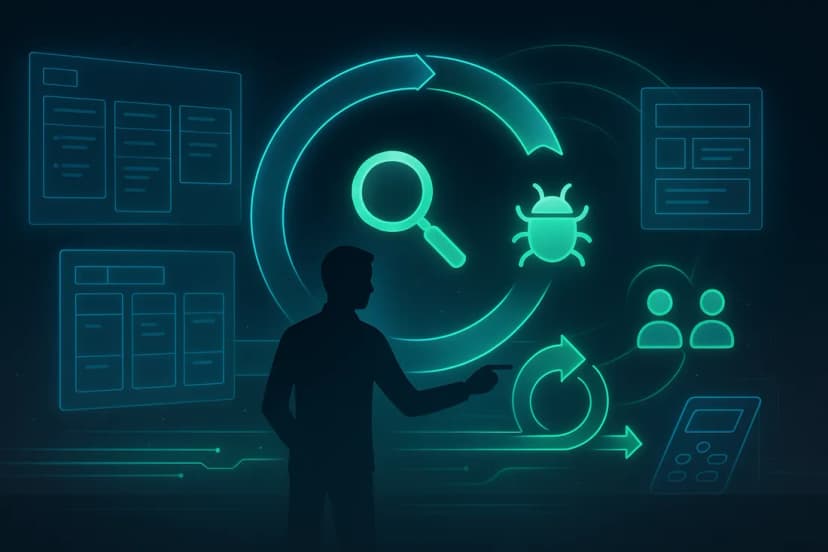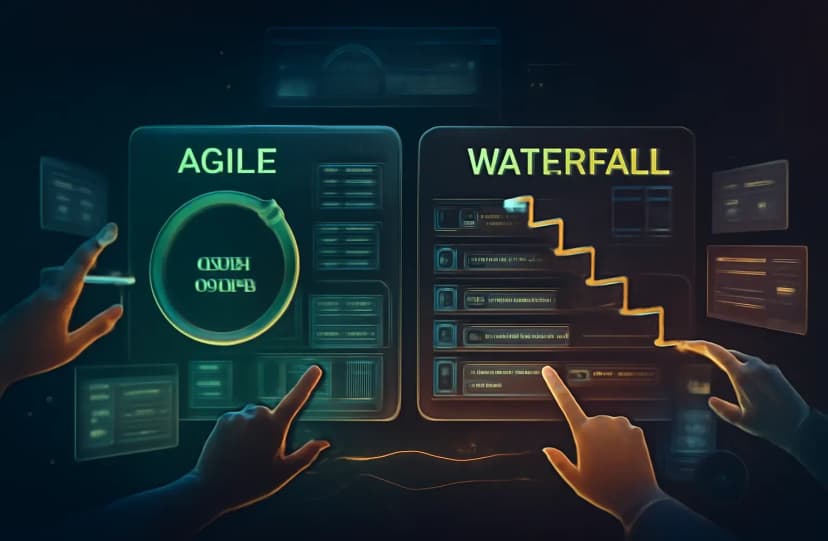
User Journey Exploration: Discovering Bugs Across End-to-End Scenarios
How Does User Journey Exploration Help in Exploratory Testing? When testing software, do you only check features in isolation or do you also follow the real pat...
Loading...
Loading...
Loading...
Explore articles tagged with Agile Testing
Discover comprehensive guides, tutorials, and best practices related to Agile Testing. Our expert-written articles cover everything from basic concepts to advanced techniques, helping you master this important aspect of software testing and quality assurance.
Discover expert insights and tutorials related to Agile Testing

How Does User Journey Exploration Help in Exploratory Testing? When testing software, do you only check features in isolation or do you also follow the real pat...

Can exploratory testing really balance creativity with structure? For years, exploratory testing was seen as an informal approach—testers would interact with th...

Is exploratory testing Agile? Absolutely! Exploratory testing is a natural ally of Agile software development. With its flexible, intuitive approach to testing,...

In the realm of software quality assurance (QA), two core concepts underpin the successful delivery of defect-free software: the Software Development Life Cycle...

Agile and Waterfall are two of the most widely used software testing methodologies, each offering distinct approaches to quality assurance.Their testing strateg...

Software development is an exciting journey—one filled with innovation, collaboration, and, let’s face it, a fair share of bugs. But amidst all this, regression...

Understanding Software Testing Before diving into the tools and approaches, let’s take a moment to define Software Testing. Software testing is the process of e...
Discover more articles on related testing topics